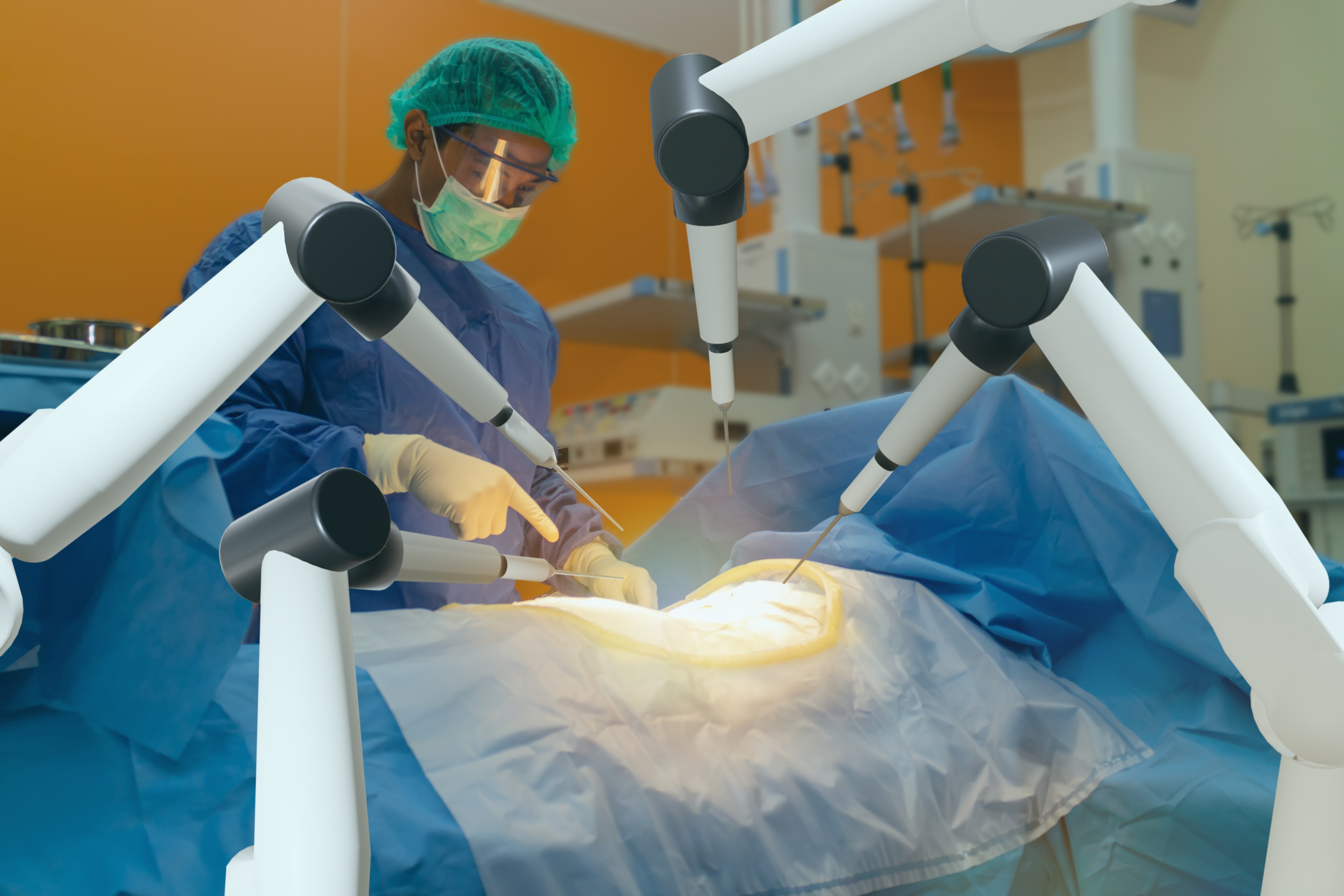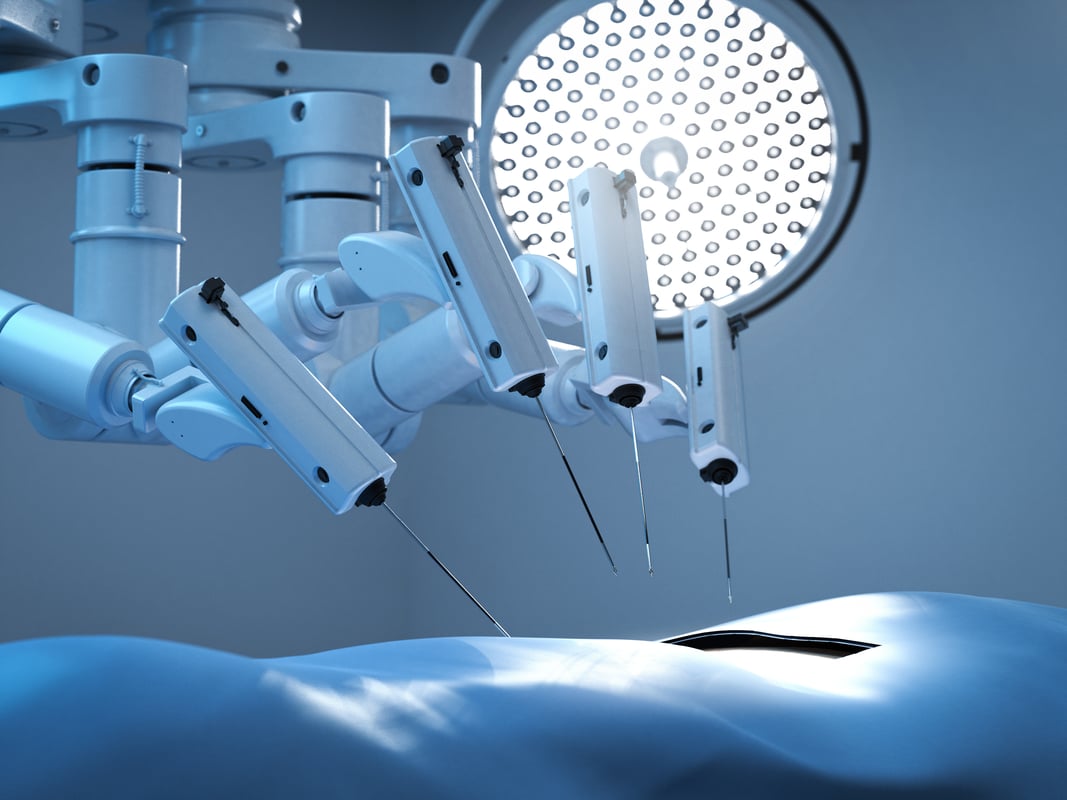
SOURCE: TRANSENTERIX.
Robotic-surgery upstart TransEnterix (TRXC +0.00%) thinks it has a good shot at challenging industry Goliath Intuitive Surgical (ISRG 1.17%), but to do that it may have to overcome one big problem: Its spending pace puts it at risk of running out of cash.
First, a bit of background
TransEnterix has two robotic surgery systems that it hopes to launch this year. The first is the ALF-X system that it acquired from SOFAR S.P.A. recently. The ALF-X system is similar to Intuitive Surgical's da Vinci system, but it offers additional features such as haptic feedback that surgeons may prefer. ALF-X got the CE Mark of approval for use in Europe back in December 2011, but its previous owner was unable to establish it in the marketplace. TransEnterix is relaunching the ALF-X with a dedicated sales force that's currently conducting a road show to build up interest in the system.
The company is also nearing an important milestone in America. TransEnterix's SurgiBot system could get the FDA nod of approval this month, and if so, then a marketing team led by former Intuitive Surgical salespeople will pitch it as a more flexible, feature-rich, and cheaper alternative to da Vinci.
Unlike the da Vinci, the SurgiBot system is mobile, so it can be moved from operating room to operating room. SurgiBot also comes with features that could win sway with surgeons, including haptic feedback and an articulating camera to provide surgeons with better insight. Importantly, SurgiBot is expected to cost around $500,000, and that's far south of da Vinci's $1.5 million average cost.
Big headwind creates risk
Assuming TransEnterix's C-suite has the talent and products necessary to chip away at Intuitive Surgical's dominance, the biggest challenge facing the company could be its cash burn rate.
In 2015, the company reports that it spent $29.7 million on R&D, $2.9 million on sales and marketing, and $7.8 million on general and administrative expenses. Overall, TransEnterix spent $46.4 million last year, and that spending pace is quickening.
In Q4, total expenses were $13.9 million, or a $55.6 million annualized run rate, and sales and marketing efforts supporting the launch of ALF-X and SurgiBot mean that the company is likely to spend even more that that this year. Given the company has $47.1 million on hand as of Feb. 29, there's reason for concern.

Looking ahead
"We believe that our existing cash and cash equivalents, together with cash received from sales of our products, will not be sufficient to meet our anticipated cash needs through December 31, 2016," TransEnterix stated in 10-K SEC filing for the year ending Dec. 31. (Emphasis mine.)
TransEnterix is fully aware of its cash crunch. It has $80.8 million potentially available to it via stock or debt offerings through an existing shelf registration that includes a recently established a $43.6 million at-the-market offering with Cantor Fitzgerald.
Those financing levers can dilute current investors, and their success depends on willing debt and equity markets. As a result, management and the company's auditors noted in the company's recently filed 10-K SEC report that its situation raises substantial doubt about the company's ability to continue as a going concern.
If everything goes the company's way, it will probably have enough money available to it to get ALF-X and SurgiBot off the ground. If not, then the company will need to license or sell assets, cease operations, and/or seek bankruptcy protection.
Overall, the market for robotic surgery is expected to climb from $3.2 billion in 2014 to $20 billion by 2021, according to Wintergreen Research, and that means there's a substantial opportunity for TransEnterix. However, there are a lot of "ifs" associated with the company. Therefore, Intuitive Surgical remains the far safer bet for investors.






